Top 10 deadliest dinosaurs
Discover ten of the most terrifying beasts that ever lived
1) Tyrannosaurus rex
Tyrannosaurus rex (“tie-RAN-a-SORE-uss rex”) needs no introduction; its reputation as the ultimate carnivore and most badass dinosaur ever to roam the Earth precedes it. Tyrannosaurus rex (T-rex for short) literally means “tyrant lizard king”, and there can be no doubt that it lived up to its name.
Standing over five metres (16.4 feet) tall and 12 metres (39.4 feet) long, and weighing a staggering seven tons (15,400 pounds), T-rex was once thought to have been the largest terrestrial carnivore in history, but subsequent discoveries of fellow titans Carcharodontosaurus, Giganotosaurus and Spinosaurus challenged this. It walked on a pair of powerful hind legs and could run as fast as a professional footballer, but balance issues meant that Giganotosaurus could outrun it. Its brain was twice the size of most other predatory giants, but its intellectual prowess wasn’t a patch on that of raptors like Utahraptor. So how does T-rex manage to cling to its crown?
It may not have been the biggest, fastest, heaviest, or smartest, but the king was the ultimate all-rounder. Its extraordinary sense of smell allowed T-rex to track prey over long distances and sniff out abandoned carcasses to scavenge. And then there is its not-so-secret weapon: its phenomenal bite, which was stronger than that of any land animal that ever lived. Its bone-splintering jaws chomped down with a force almost as huge as its own body weight, bringing to bear its 60 saw-edged conical teeth. Other dinosaurs had to close their mouth around prey multiple times to bring it down; T-rex only had to bite once.
Deadly dino fact: Dinosaurs roamed the Earth for over 160 million years, but our ten deadliest all lived in the last 60 million years of that time frame, most within the final 30 million years.
2) Utahraptor
The mighty Utahraptor (“YOU-tah-RAP-tor”) was three times larger and meaner than its cousin, the Velociraptor. Armed with a 30-centimetre (12-inch)-long sickle-shaped claw on each hind foot, it would kick, rip and tear its prey to death. Its leg bones were unusually thick, in order to support the powerful muscles dedicated to repeatedly driving the killing claw into its prey.
In keeping with its smaller raptor cousins, it’s possible that Utahraptor hunted in packs, like terrible three-metre (9.8-foot)-tall 500-kilogram (1,100-pound) wolves, and targeted prey many times larger than itself.
3) Velociraptor
Star of the infamous kitchen scene in Jurassic Park, the curious creature with the deadly curved toe claw has been terrorising nightmares for two decades.
The film may have overstated their size and stripped them of their feathers, but it did get some things right: Velociraptors (“vel-OSS-e-RAP-tors”) were fast and polished predators that oozed agility and intelligence, and may have hunted in packs.
Deadly dino fact: Dinosaurs could dominate because their legs were straight and perpendicular to their bodies, rather than in a speed-limiting sprawling stance like today’s reptiles.
4) Mapusaurus
A close cousin and look-alike of Giganotosarus, Mapusaurus (“MAH-puh-SORE-uss”) hunted some of the largest dinosaurs that ever lived – the 35-metre (115-foot)-long herbivore Argentinosaurus.
Its narrow blade-like teeth were ideal slicing tools, and the discovery of bones from several individuals found in one place has experts speculating that they formed groups or hunted in packs for extra lethality.
5) Troodon
Deadliness doesn’t always come down to bulk and bite force. Troodon (“TROH-oh-don”) – standing just 1.3 metres (4.3 feet) tall and weighing in at 40 kilograms (88 pounds) – was a wily whippet that made up for its lack of brawn with a whole lot of brain. In fact, it had the highest brain-to-body-weight ratio of any known dinosaur. Not only that; reconstructions of its brain have revealed nascent signs of folding – where more neural cells are packed into the same area for more efficient brain functioning – making it the most neurologically advanced specimen too.
The shape of fossilised skull remains suggest it possessed huge orb-like eyes that gave it superior vision – as well as the ability to see in low-lighting conditions and hunt nocturnally – and its slight frame made it extremely fleet of foot. While they may have been dwarfed by many of the behemoths on this list, a pack of alert and agile Troodons hunting as a pack could easily have brought down much bigger animals.
Deadly dino fact: Theropods walked upright on a pair of powerful back legs. This allowed them to run with greater speed and agility than their clumsier quadruped prey.
6) Spinosaurus
Taking the title for the largest carnivorous dinosaur ever to stalk the Earth, Spinosaurus (“SPIN-oh-SORE-uss”) is thought to have been as long as one and a half double-decker London buses – 16 metres (52.5 feet) – and as heavy as a heard of full-grown Asian elephants, or 20 tons. Its vertebrae were 20 per cent larger than those of T-rex and to top it off, it sported a gigantic sail of skin supported by two-metre (6.6-foot)-long spines protruding from its back.
Despite its imposing physique, recent evidence suggests Spinosaurus spent more of its time terrorising the water than it did the land, and would only supplement its fishy diet with scavenged carrion. Its crocodile-like jaw had smooth, conical, pointed teeth, well adapted to spearing slippery prey like Onchopristis – eight- metre (26-foot)-long prehistoric sawfish – rather than ripping flesh from bone. Special structures in its snout helped it detect pressure waves caused by prey moving in the water.
Nevertheless, Spinosaurus was fast, strong and possessed a cruel set of claws, meaning it could likely hold its own against other massive predators, like Carcharodontosaurus, who shared its territory.
7) Carcharodontosaurus
Its name is a mouthful in more ways than one; Carcharodontosaurus (“Kar-KAR-o-don-toe- SORE-uss”) means “shark-toothed lizard” and refers to the beast’s jaw-full of 20-centimetre (eight-inch)-long serrated teeth. These could slice through flesh like switchblades through butter and leave enormous gaping wounds that would quickly incapacitate prey.
Although it was larger than T-rex and had an enormous skull the size of a person, Carcharodontosaurus – along with its close cousins Giganotosaurus and Mapusaurus – was a more primitive dinosaur with a smaller brain. Instead, it had powerful legs and fossilised tracks suggest it was capable of outrunning T-rex – at about 32 kilometres (20 miles) per hour. Whether or not it actually did – given that its disproportionately small arms would be incapable of bracing its seven-ton weight in a fall – is another matter.
Deadly dino fact: Inward-curving teeth helped give predatory dinosaurs a good grip on their prey, which prevented it from escaping in a struggle. If a dinosaur lost a tooth in battle, a new one grew to replace it.
8) Majungasaurus
Majungasaurus (“Mah-JUNG-a-SORE-uss”) has a bit of a bad-lizard reputation; telltale tooth marks on Majungasaurus bones, found on its native island of Madagascar, line up perfectly with Majungasaurus’s own dental patterns.
That’s right – the evidence suggests this one-ton theropod feasted on its own kin, at least occasionally – surely the hallmark of a ruthless killer? What isn’t known, though, is whether these were the spoils of active hunts or just efficient tidying up of already-dead relatives.
9) Deinonychus
The discovery of Deinonychus (“Dee-NON-i-KUSS”) in 1964 overhauled our perception of dinosaurs as languid and lumbering; here was a creature clearly built for speedy pursuit.
Almost twice the size of Velociraptor (insider tip – the ’Velociraptors‘ in Jurassic Park were actually modelled after the bigger, badder Deinonychus!), but a similar weight, it was a sprightly and most likely a quick-witted pack hunter.
Among other advantages, it possessed interlocking vertebrae that allowed its tail to stiffen for balance when running, and a retractable 13-centimetre (five-inch) claw on each foot to disembowel prey restrained in its hands and jaw.
Deadly dino fact: Be it teeth, finger claws or retractable toe claws, every one of our top ten was kitted out with some form of cutters for striking whenever an opportunity arose.
10) Giganotosaurus
Carcharodontosaurus’s South American cousin, Giganotosaurus (“GIG-a-NOTE-o-SORE-uss”) was another beast to rival T-rex for size. Depending on the specimen, it is thought to have been slightly smaller than Carcharodontosaurus, but longer, taller and more slender than T-rex. It was the fastest of the three, besting the others by at least 16 kilometres (ten miles) per hour, perhaps thanks to its superior balance.
It had a very large skull but, like Carcharodontosaurus, it was more neurologically primitive than T-rex; its brain was a puny half the size of T-rex’s. Still, evidence suggests it had a keen sense of smell, which coupled with its athletic prowess and eight-ton bulk made it a formidable foe.
Like Carcharodontosaurus, Giganotosaurus’s teeth were serrated and laterally compressed – wide in profile but narrow when viewed from the front – making them ideal tools to deliver a series of injurious slices to the body of its prey, which would eventually keel over from exhaustion and blood loss.
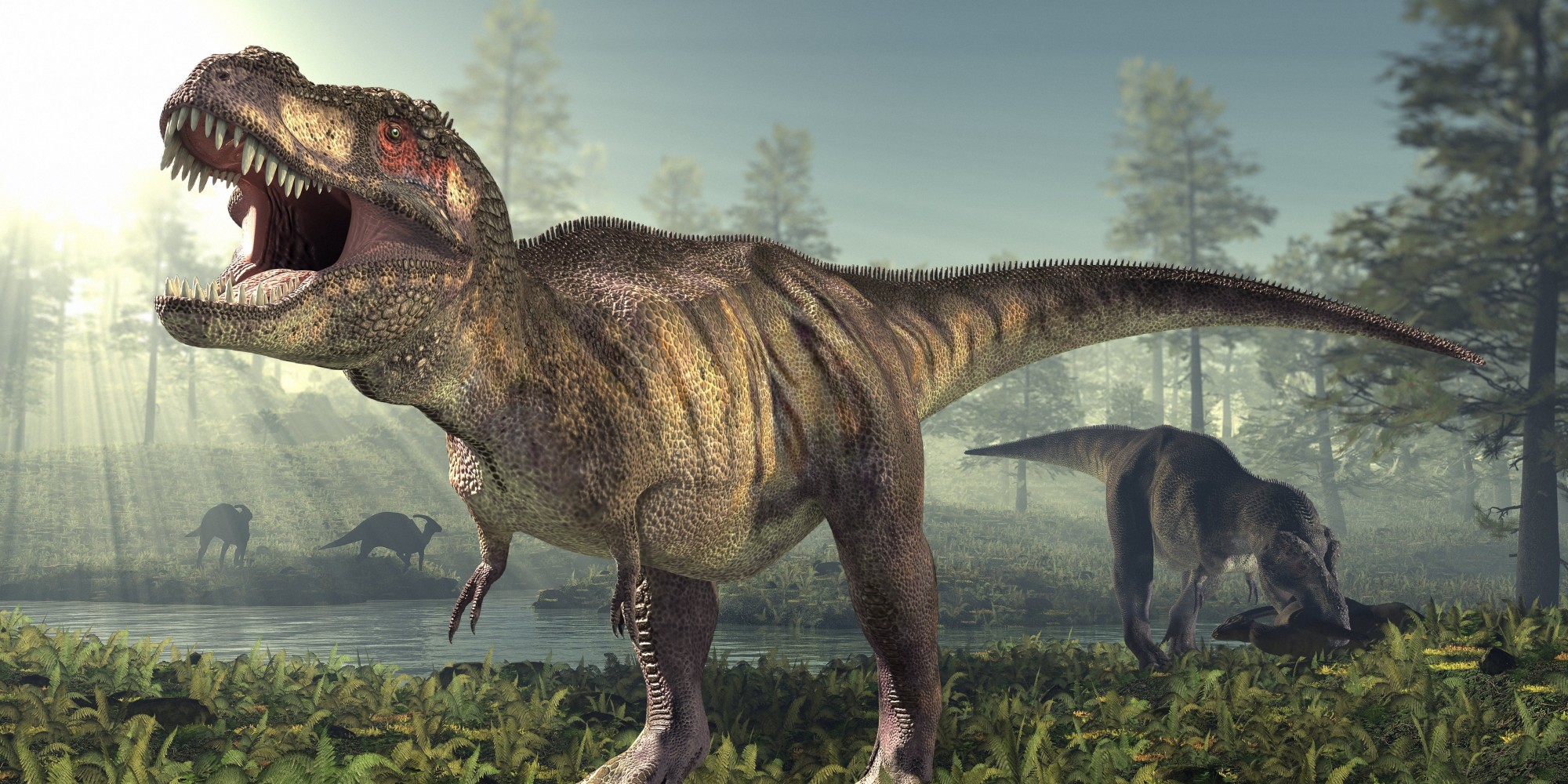

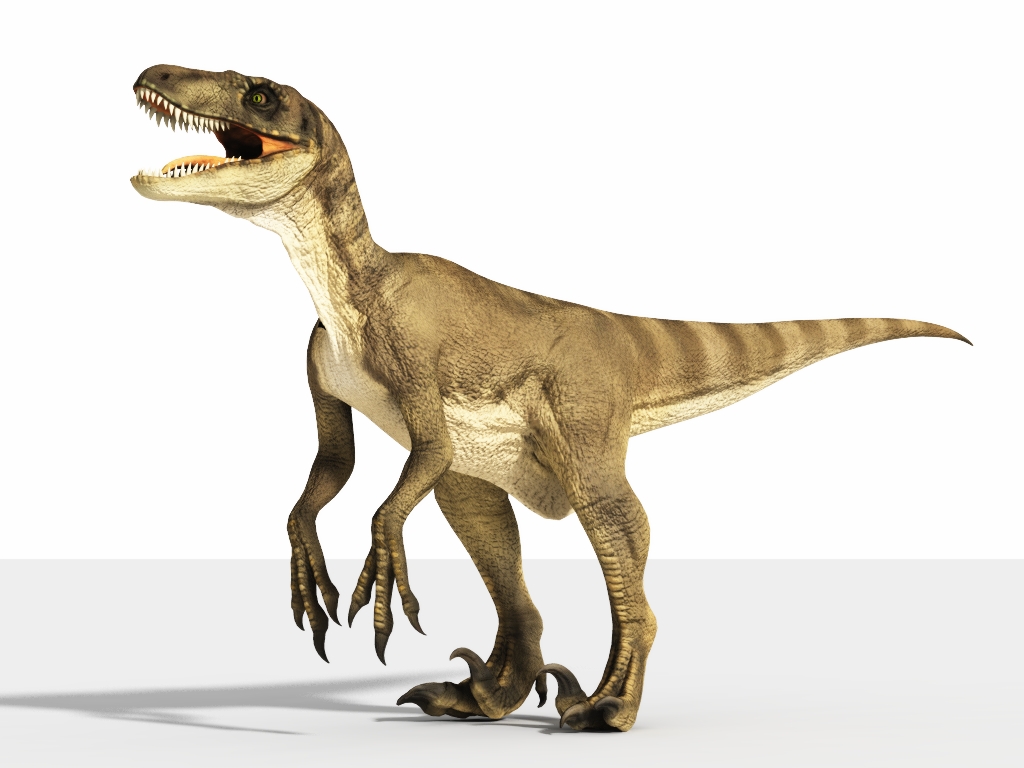
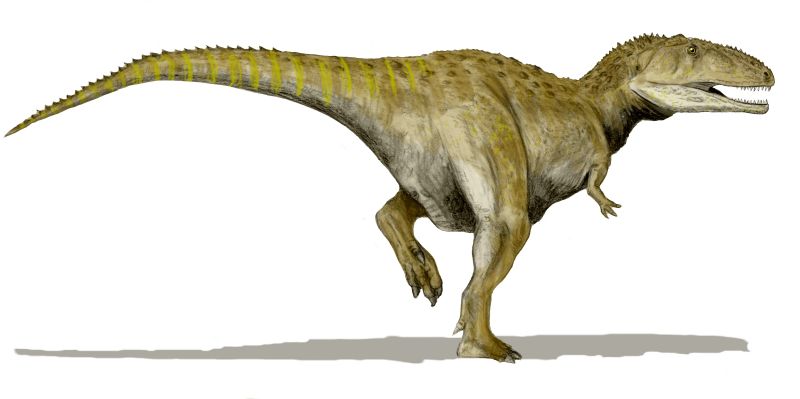
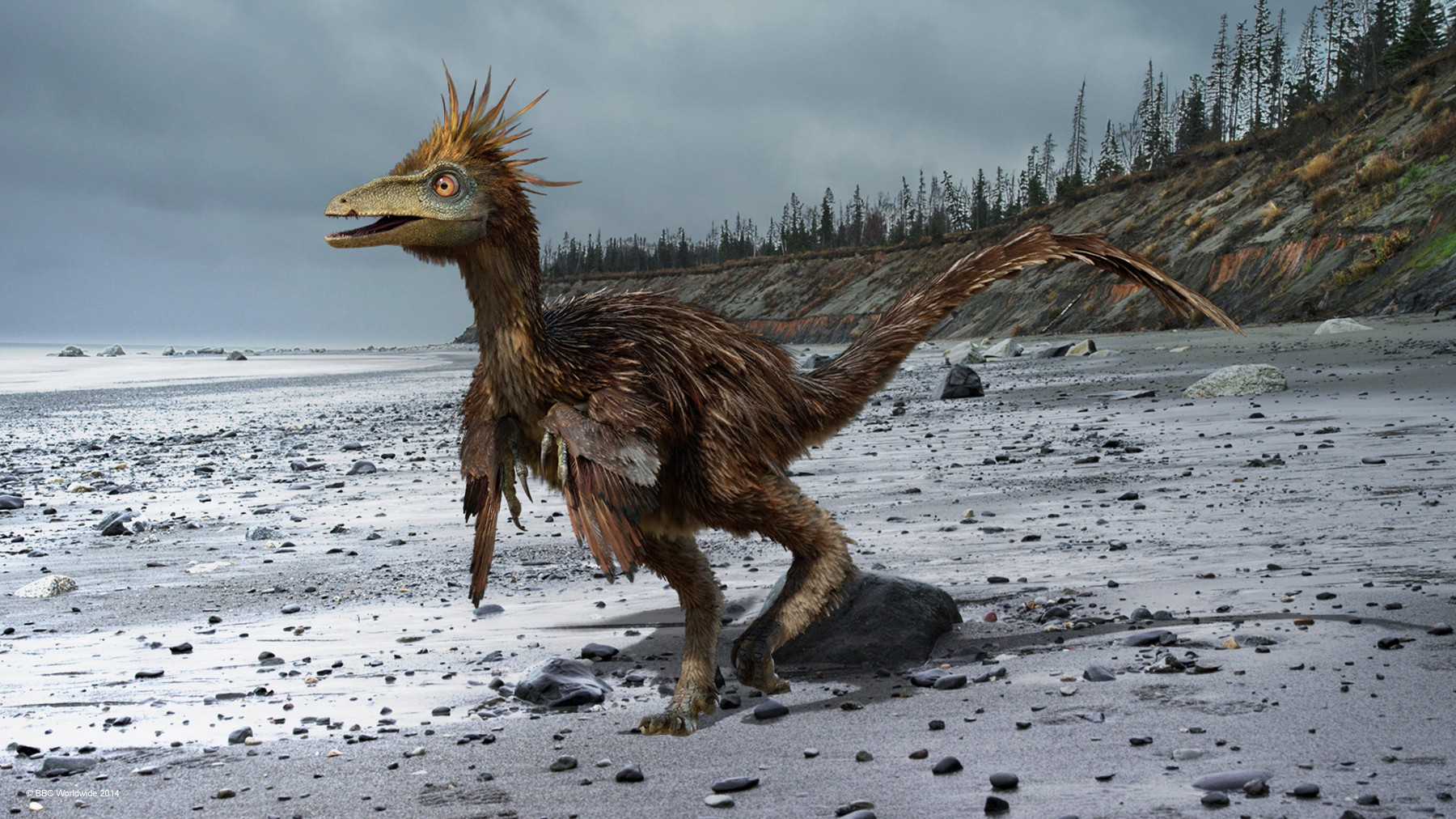
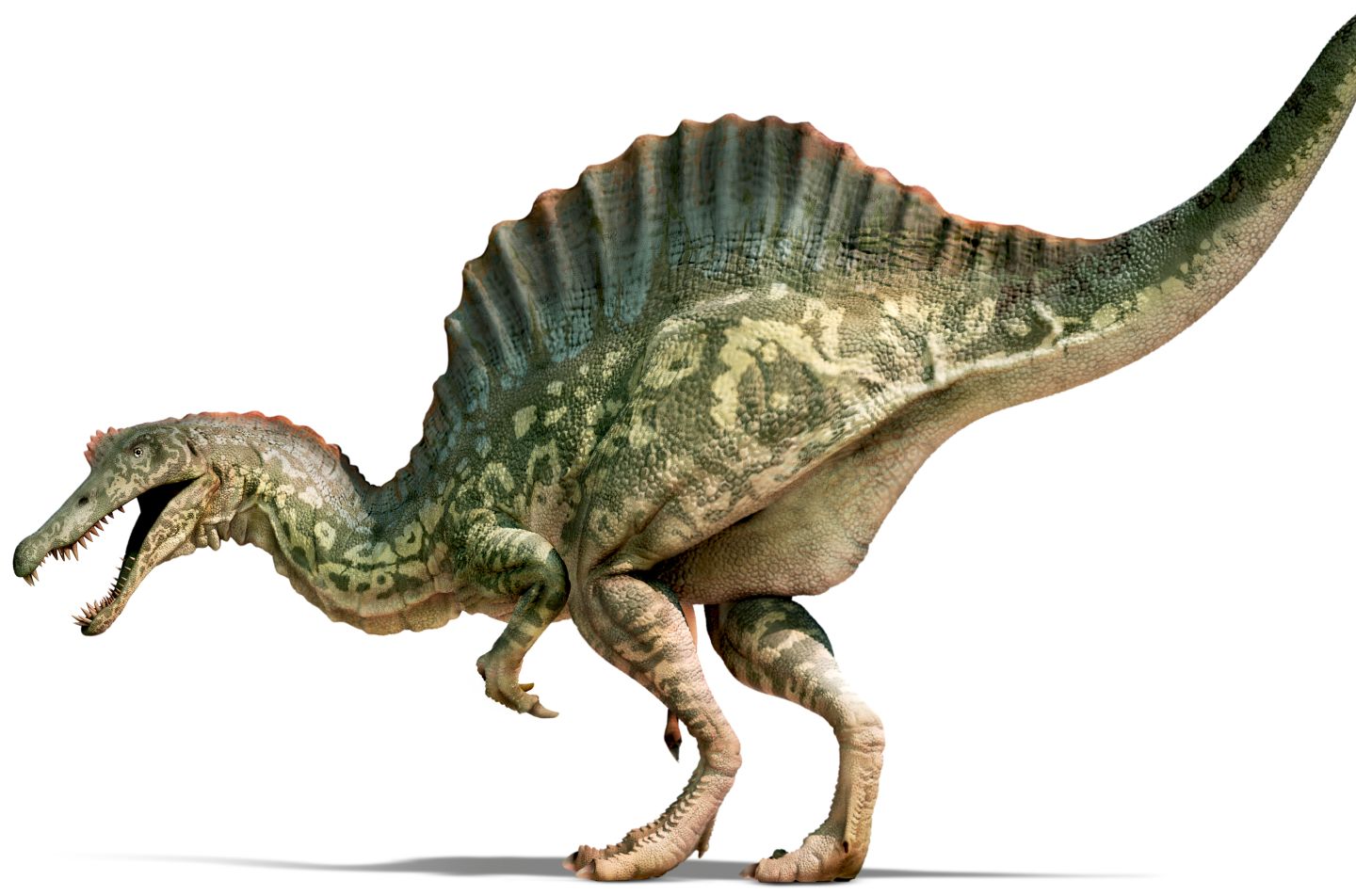
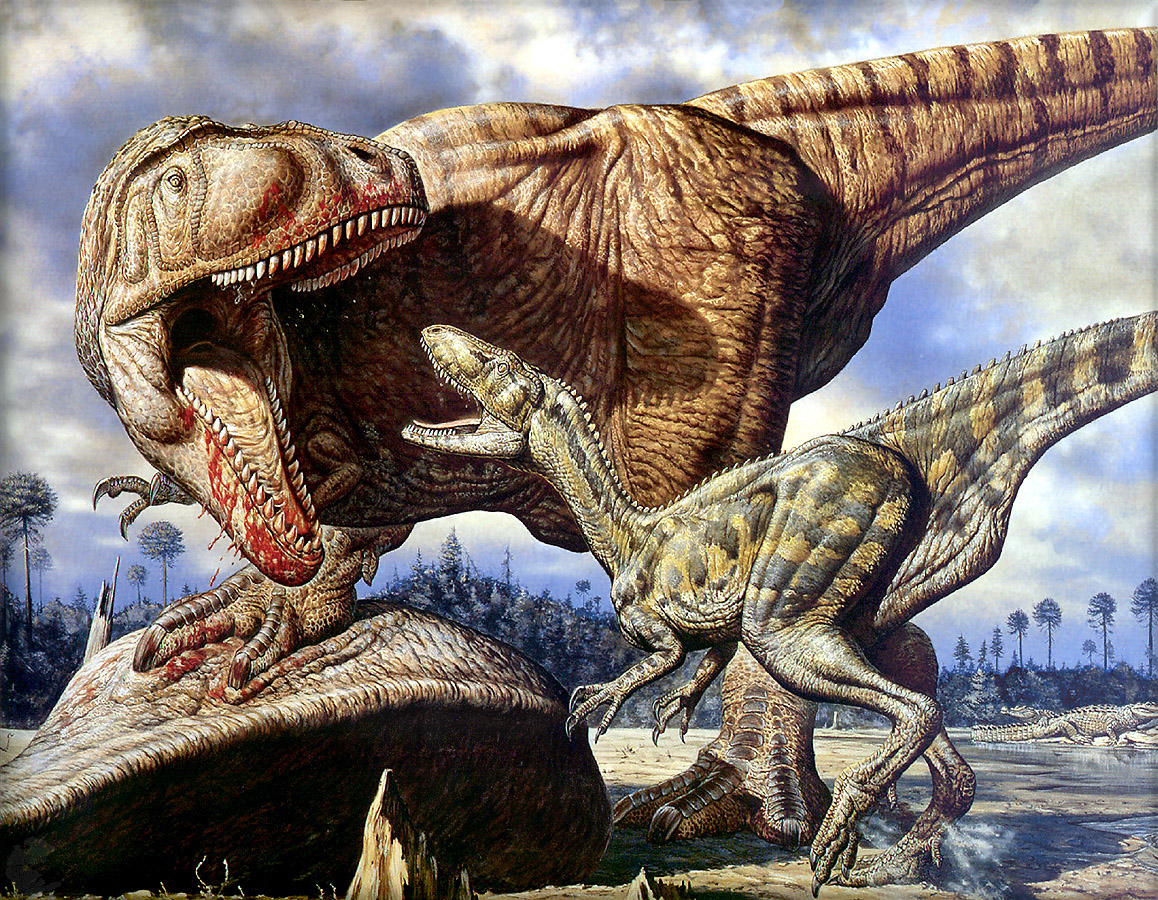
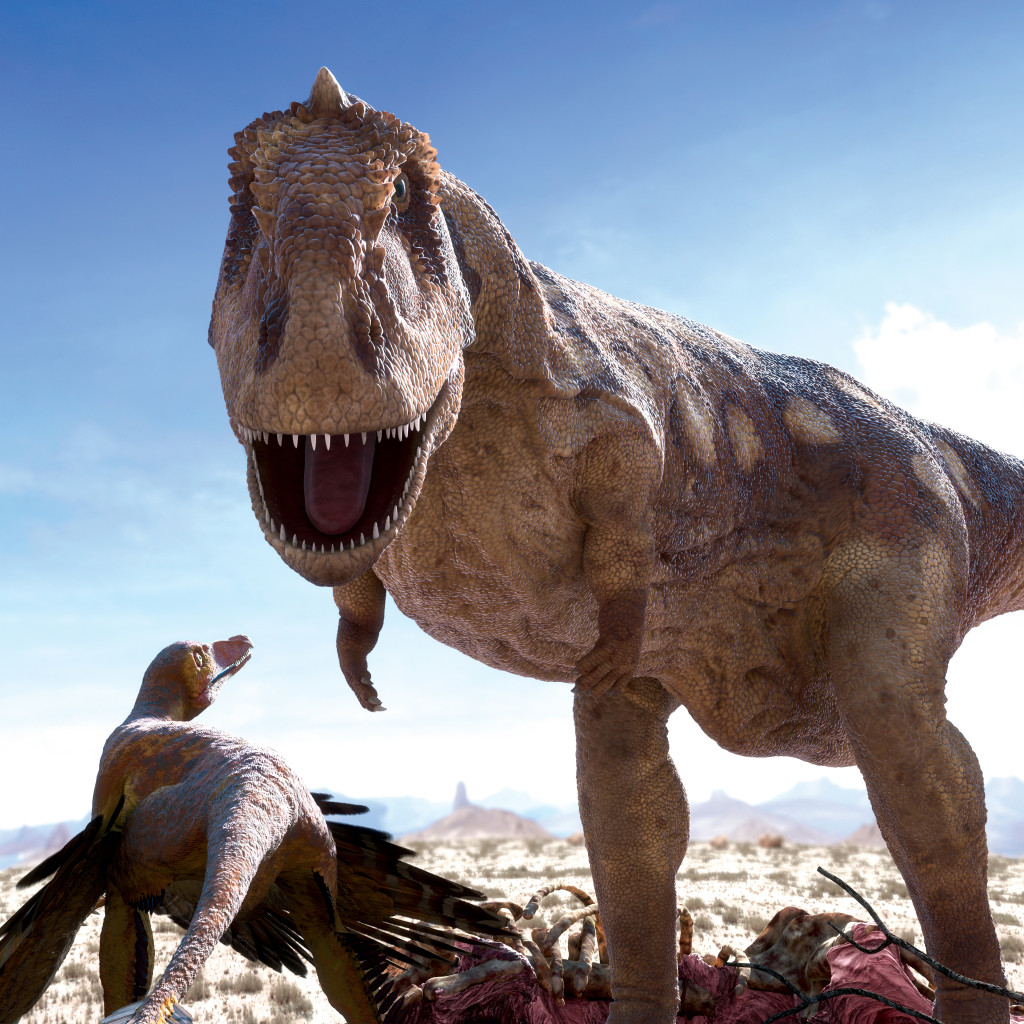
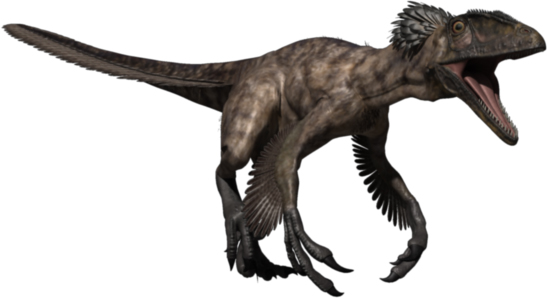
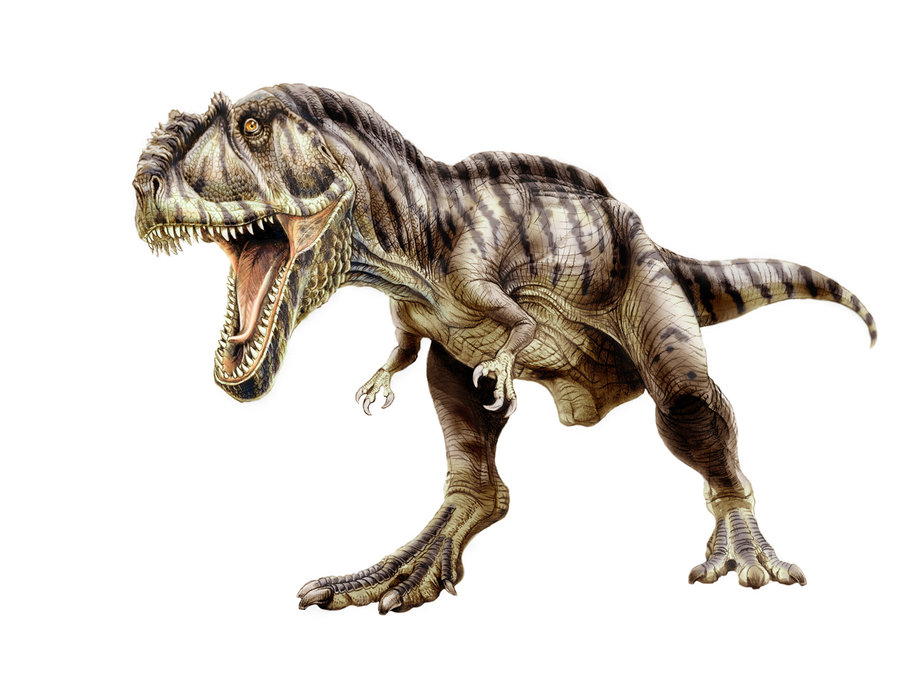
%2C_by_John_Trumbull.jpg/240px-Declaration_of_Independence_(1819)%2C_by_John_Trumbull.jpg)
No comments:
Post a Comment